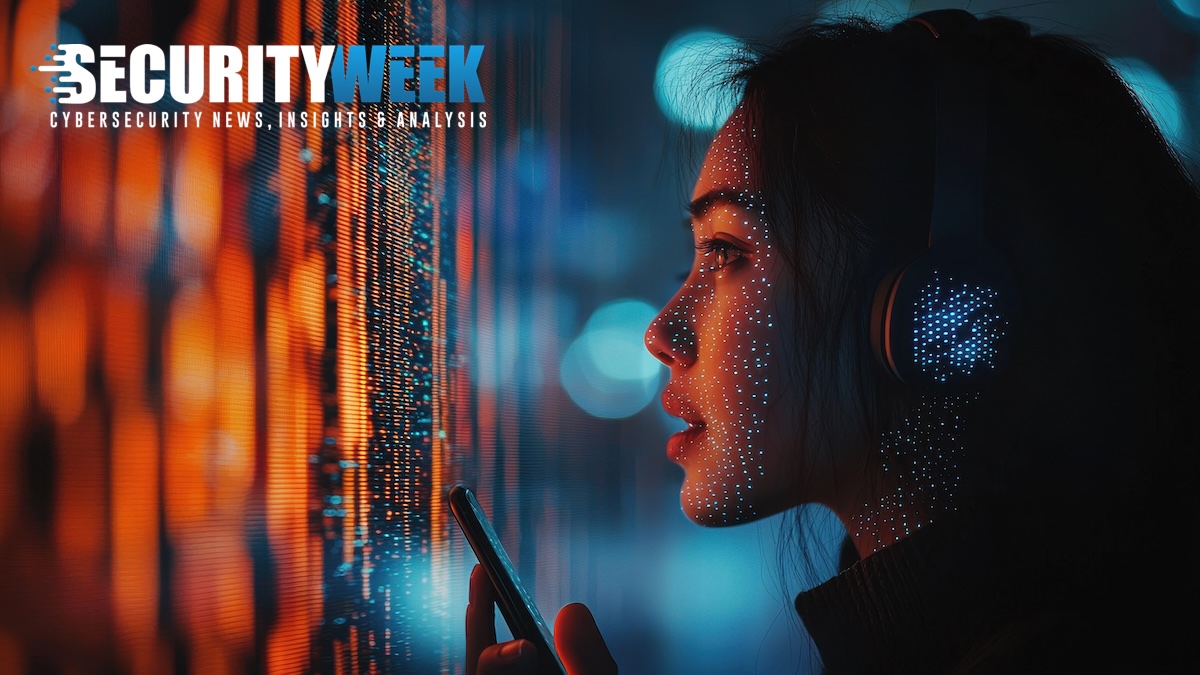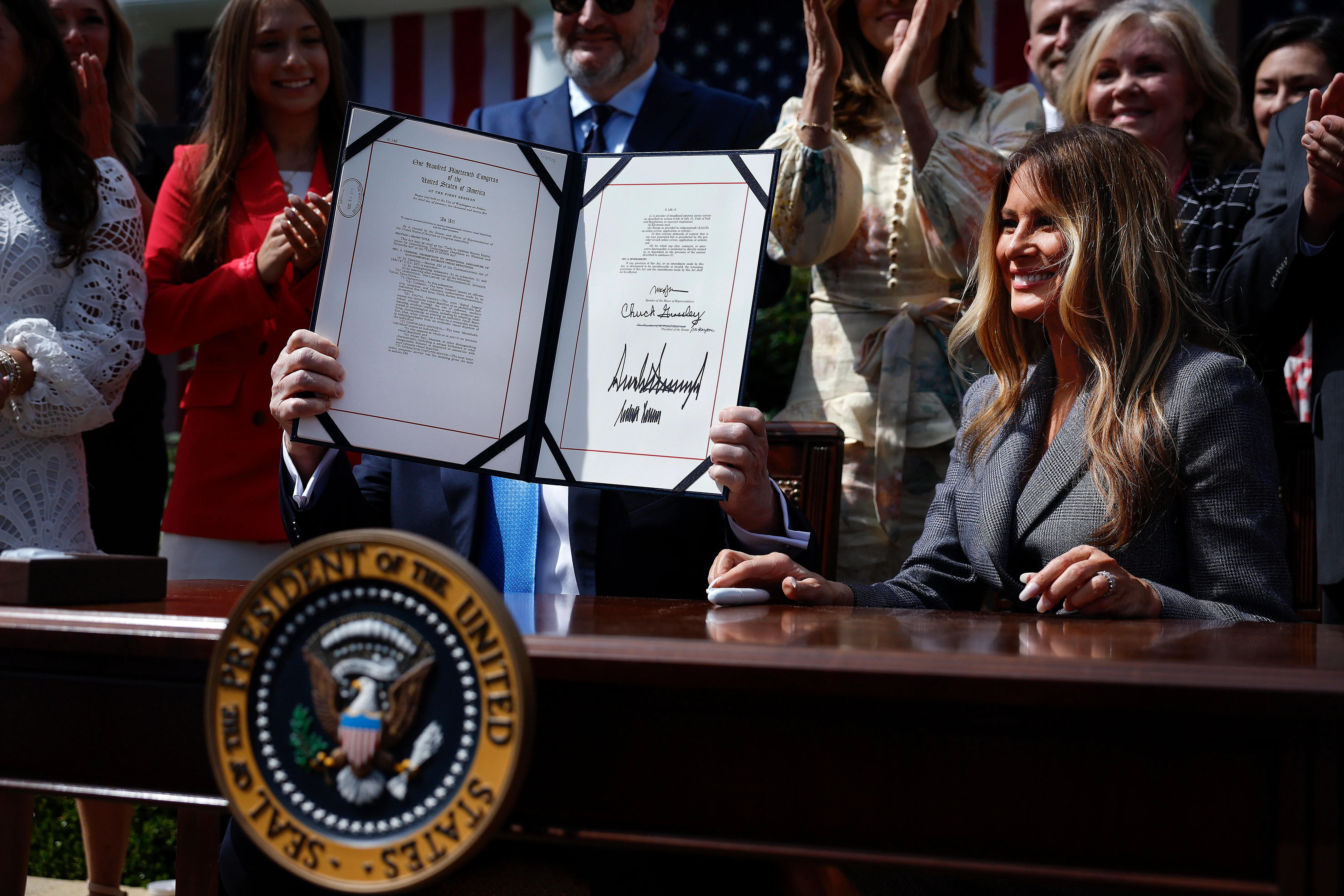The AI Arms Race: Deepfake Generation vs. Detection
The deepfake arms race is intensifying as AI-generated voice and visual content become increasingly realistic, breaching the “uncanny valley” and fueling fraud at unprecedented levels . Pindrop’s Q4 2024 analysis revealed a 173% surge in synthetic voice calls compared to Q1, with major banks facing over five daily deepfake attacks . Fraudsters are now deploying AI-generated “repeaters” – slightly modified deepfake identities – to test KYC systems across platforms . Detection efforts are racing to keep up: tools like DARPA’s SemaFor, Microsoft’s content provenance metadata, and startups such as GetReal Labs and Vastav AI are emerging . However, human ability to spot fakes is no better than a coin flip (~51%), underscoring how deepfake sophistication undermines trust . In response, experts emphasize the need for cross-industry collaboration, consortium-style data sharing, digital watermarking, AI-for-AI detection, and heightened public awareness to counter the deepfake threat .







